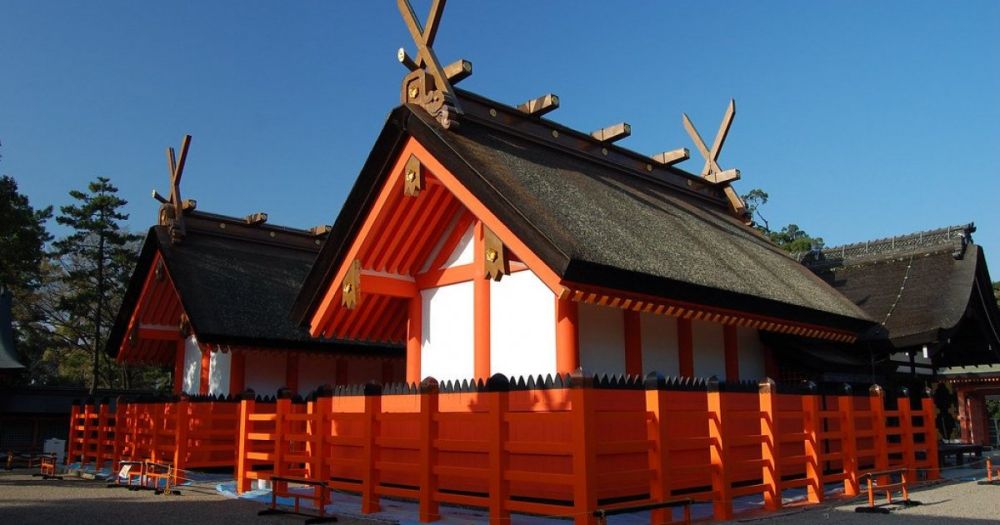

The Sumiyoshi Taisha Shrine, also known as Sumiyoshi Grand Shrine, is one of Japan's most ancient and prestigious Shinto shrines. Located in Osaka, the shrine has a significant history that plays a pivotal role in Japanese culture and the development of Shinto architecture.]
The shrine was founded in the 3rd century and is one of the best examples of Sumiyoshi-zukuri style, which predates the influence of Buddhism on Shinto shrine architecture. It is dedicated to the Sumiyoshi Sanjin, three Shinto gods who protect travelers and seafarers, and Empress Jingu, known for her mythological connection to the shrine.
Tourism at the Sumiyoshi Taisha Shrine has been deeply intertwined with its religious significance. As one of the key stops along pilgrimage routes since the Nara period (8th century), countless visitors have flocked to the shrine. In the Edo period (17th to 19th century), it became popular among the populace during the Sumiyoshi Matsuri, a festival that continues to attract throngs of tourists and worshippers each year.
In modern times, Sumiyoshi Taisha is not only a religious site but also a cultural attraction, drawing visitors interested in its historic architecture, serene environment, and traditional rituals. The shrine features the iconic Sorihashi Bridge, an arched bridge that represents the path from the mundane to the sacred.
The shrine is easily accessible from central Osaka and is a favorite spot for Hatsumode (the first shrine visit of the New Year), which sees an influx of visitors seeking blessings. It also plays a critical role in the Sumiyoshi Odori, a dance festival designated as an Important Intangible Folk Cultural Property of Japan.
Recent trends in tourism at Sumiyoshi Taisha include the increase in eco-tourism and cultural education programs. Visitors are more interested in understanding Shinto practices and the shrine's place in Japanese history. Furthermore, social media has amplified the shrine's popularity, with many tourists seeking out its picturesque spots.
The shrine has also embraced technology, providing multi-language guides and digital experiences to enrich the visitor experience. With its deep historical roots and ongoing cultural significance, Sumiyoshi Taisha Shrine continues to be a jewel in the heart of Osaka, welcoming tourists from across the globe.